Solargik came to market with a flexible single axis tracker designed to work with complex terrain, smaller sites, and tighter locations. Now those traits are allowing it to work well with agrivoltaics, and take advantage of high electricity prices coupled with low-cost solar modules. The flexibility comes from its short “tables” – essentially the number of solar modules per motor – which helps the units when installed on land with slopes up to 30 degrees. Additionally, each smaller table with its own controller means the site has a higher degree control – which is now being tested in the field.
Now, the company is deploying its racking in a “crop prioritization” setting in Colorado, testing the integration of ChatGPT into its software to help look deeper into the data, and aiming to maximize generation in a market with rising electricity prices and declining solar module costs.
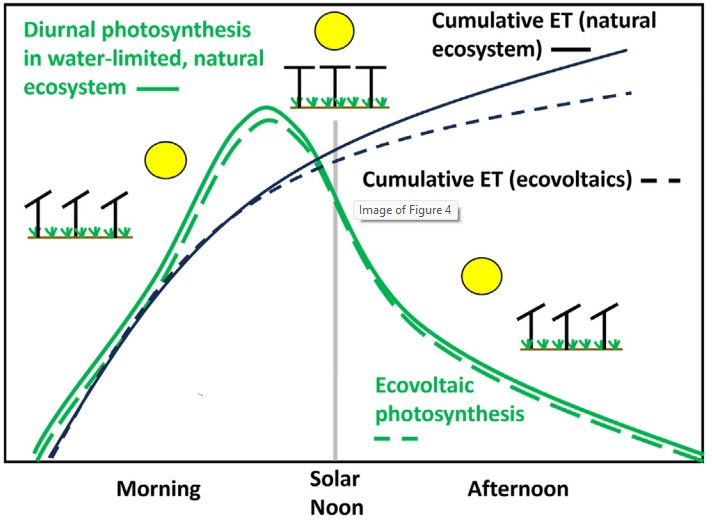
Researchers at Colorado State and Cornell University published Ecovoltaics in an increasingly water-limited world: An ecological perspective, a study exploring ways in which solar power can bring environmental benefits – beyond clean energy – to the land where it is installed. With Solargik in Colorado they are exploring the photosynthesis-photovoltaic trade off, aiming to maximize the “synthesis” versus voltaic side of the project.
Mo Horowitz, Chief Commercial Officer at Solargik, told pv magazine USA that this project took him down a different path when doing the financial model.
The researchers asked us if we could program our trackers to allow the plants to collect as much sunlight in the morning as they could handle, but then to protect them in the afternoons so they could maximize growth. In the financial model, we had to figure out how much electricity this would cost the project. We found that in the case of our projects in Colorado, it initially meant 10% less electricity generation.
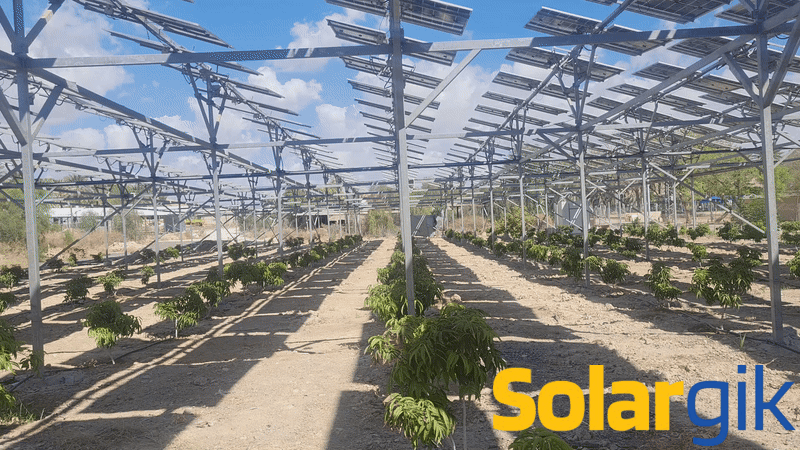
The above image shows lychees growing in Israel. The system was designed to limit the total amount of sunlight that lands on the younger trees, while mature trees can receive greater sunlight volumes.
Horowitz pointed out though that while the initial analysis suggested a 10% electricity loss, later refinements to the module layout – due to positive reactions from the plants underneath – allowed for a higher-density deployment. The greater module density, behind the same interconnection capacity and on the same racking infrastructure, made up for the electricity generation losses.
The company is also taking its first steps into what may be the biggest business bandwagon – besides solar and storage maybe – that has hit industry in a while: the integration of artificial intelligence tools.
The company, which is proud of the amount of data that their racking control system can integrate and act upon – including inverter and battery information – also recognizes that the deluge of data that exists can sometimes mean actions don’t occur. With the integration of AI tools – which the company has named Sunny AI – the hope is that operators will be able to find actionable information to improve system performance.
The initial integration that was shared with pv magazine USA used a simple ChatGPT backend that was able to look at data and charts, and output information. While it didn’t work perfectly, for an advanced AI user, and an operator who knows what data to look for – the potential was clear.
Horowitz pointed to something larger than simply local operators supporting their own plants – building smarter solar power plants that communicate far further than their point of common coupling, taking into account the broader power grid conditions to manage their output. He spoke of grid forming inverters, adjusting solar module angles to refine output, and simply being a better grid citizen.
He ended by saying, “With our tracker system, we’re in control. We’re inside of the SCADA, we’re inside of the inverter, and we’re inside of our own trackers. We’re not just watching. We’re reacting, and we’re doing it with a smaller team – not an army of technicians. These little things add up. If we can degrade the system a little slower, fine tune the output in a slightly more dynamic way, react a little quicker, stay up a little longer – the small items adding up turn into a little bit better return on investment.”
This content is protected by copyright and may not be reused. If you want to cooperate with us and would like to reuse some of our content, please contact: editors@pv-magazine.com.
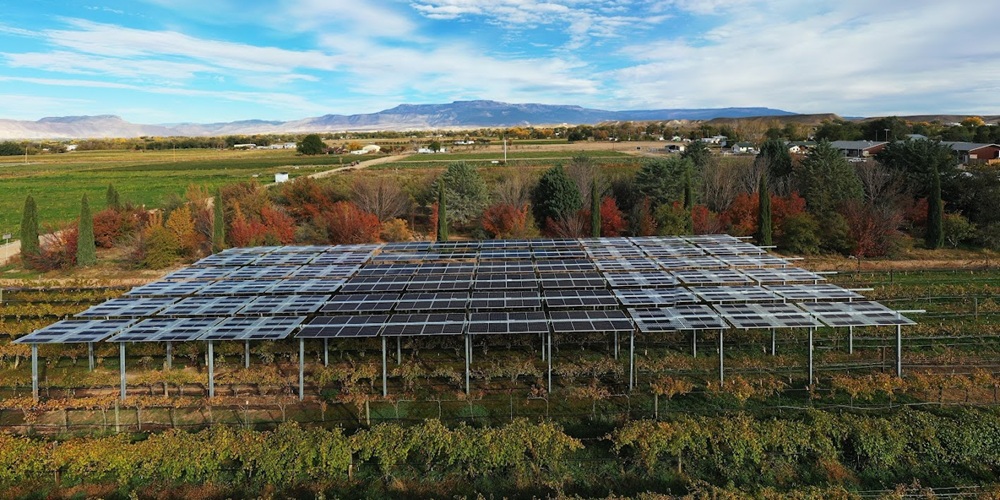
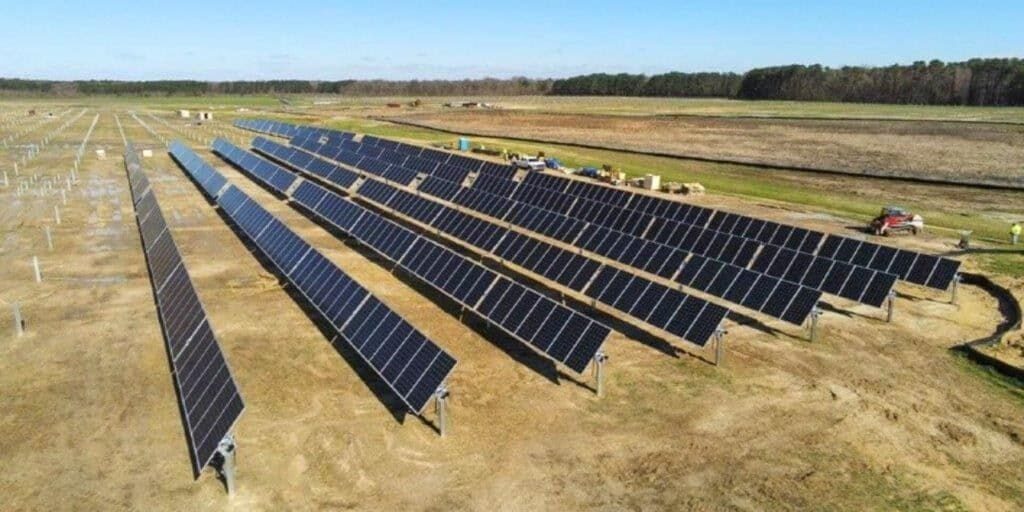


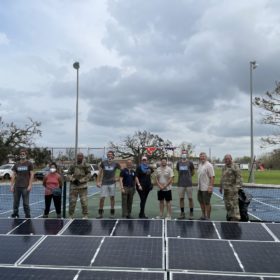
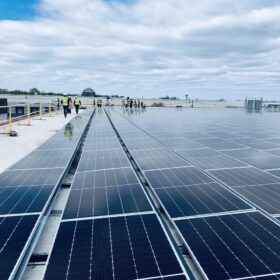
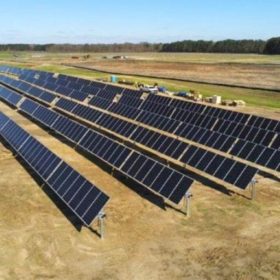
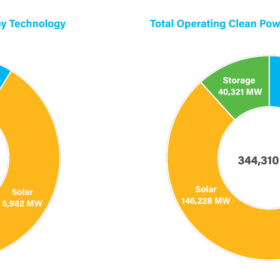
By submitting this form you agree to pv magazine using your data for the purposes of publishing your comment.
Your personal data will only be disclosed or otherwise transmitted to third parties for the purposes of spam filtering or if this is necessary for technical maintenance of the website. Any other transfer to third parties will not take place unless this is justified on the basis of applicable data protection regulations or if pv magazine is legally obliged to do so.
You may revoke this consent at any time with effect for the future, in which case your personal data will be deleted immediately. Otherwise, your data will be deleted if pv magazine has processed your request or the purpose of data storage is fulfilled.
Further information on data privacy can be found in our Data Protection Policy.